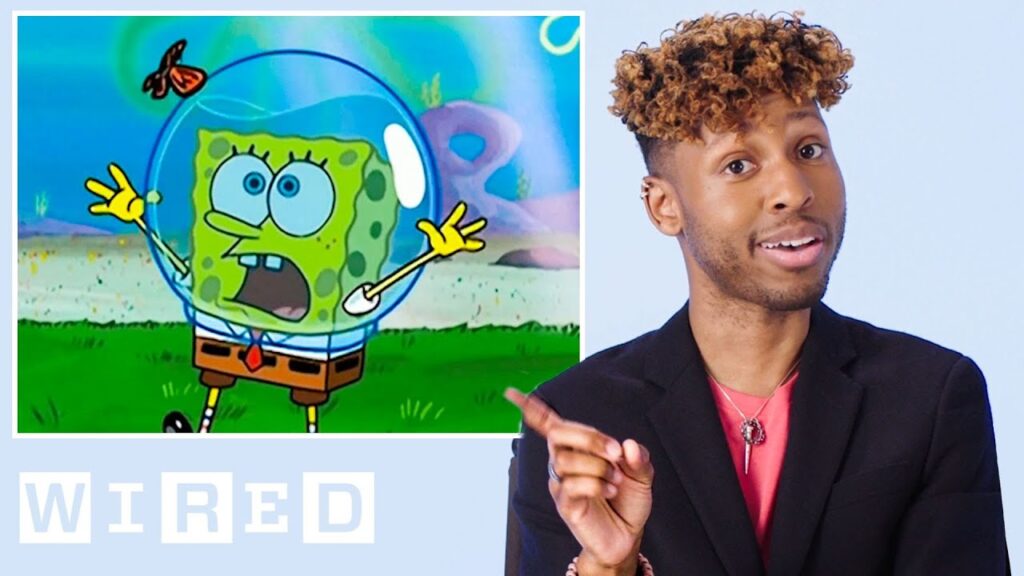Bright and Beautiful: The Colorful World of Comb Jellies
Summary
Comb jellies are beautiful and bioluminescent sea creatures that move around using flittering hairs called cilia. Unlike jellyfish, they have sticky instead of stinging tentacles for catching food. Some species even have cilia that are modified into serrated teeth for eating other jellies.
Table of Contents
- How do comb jellies move around?
- What causes the colorful rippling effect on comb jellies?
- How do comb jellies catch their food?
- Are comb jellies dangerous to humans?
- How do comb jellies benefit the ecosystem?
Introduction
Welcome to our latest article on the wonderful world of marine creatures! Today, we will be delving into the world of the comb jelly. Also known as ctenophores, comb jellies are stunningly beautiful creatures known for their colorful and bioluminescent appearance. Despite their name, they are not related to jellyfish at all. Instead, they are a distinct and unique group of creatures with their own amazing features. Let’s dive right in!
Q&A
How do comb jellies move around?
Comb jellies have a unique way of swimming. They move around with the help of special flittering hairs called cilia. These cilia are arranged in rows along the comb jelly’s body and beat in a coordinated fashion to propel the creature through the water. Comb jellies can swim at a speed of up to 5 cm per second, which is quite fast for a creature of their size. This method of propulsion is different from jellyfish, which move around by contracting their entire body.
What causes the colorful rippling effect on comb jellies?
The colorful rippling effect on comb jellies is caused by the way their cilia scatter white light. When white light hits the cilia, it is broken down into its various colors, creating the stunning rainbow effect that we see. It’s important to note that this effect is only visible when the comb jelly is illuminated by a beam of light from a submersible, as regular sunlight is not intense enough to create the effect.
How do comb jellies catch their food?
Comb jellies catch their food using their tentacles, which are covered in sticky cells called colloblasts. When prey comes into contact with these cells, they stick to the tentacles and are then transported to the comb jelly’s mouth. Depending on the species, comb jellies can eat different types of food. Some species dangle long lines to catch plankton, while others have smaller tentacles near their mouth to catch small fish. There are also species of comb jellies that eat other jellies, using their cilia modified into serrated teeth to chomp on their prey.
Are comb jellies dangerous to humans?
In general, comb jellies are not dangerous to humans. Unlike jellyfish, comb jellies do not have stinging cells or nematocysts. However, some species of comb jellies have a mild toxin in their tentacles that can cause a tingling sensation if they come into contact with human skin. Additionally, if a person were to swallow a comb jelly whole, there is a chance that they could cause an obstruction in the gastrointestinal tract.
How do comb jellies benefit the ecosystem?
Comb jellies play an important role in the marine ecosystem. As predators, they help to control the population of small fish and plankton, which in turn affects the balance of the entire food chain. Additionally, their bioluminescence and colorful appearance are important for attracting mates and deter predators.
Conclusion
In conclusion, comb jellies are amazing and beautiful creatures with a unique set of features that set them apart from other marine creatures. From their colorful rainbow appearance to their unique method of propulsion, comb jellies are truly a wonder of the ocean.






